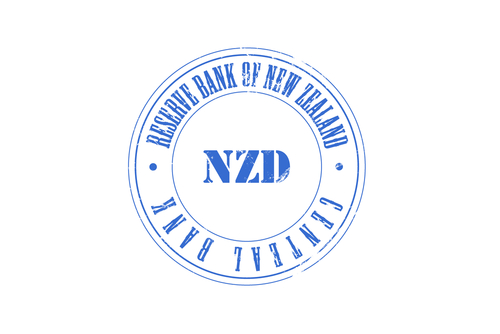
Monetary Policy & Inflation | Rates

Monetary Policy & Inflation | Rates
This article is only available to Macro Hive subscribers. Sign-up to receive world-class macro analysis with a daily curated newsletter, podcast, original content from award-winning researchers, cross market strategy, equity insights, trade ideas, crypto flow frameworks, academic paper summaries, explanation and analysis of market-moving events, community investor chat room, and more.
At the last meeting, the RBNZ hiked the OCR by 50bp (to 3%) for the fourth time in this cycle, taking their tally of work to 275bps. They also signaled their intention to deliver at least another 100bp of hikes (strictly, they forecasted a ~4.1% terminal rate), in the likely form of another two 50bp hikes, on the back of a more resilient forecast of inflation (Charts 1 and 2). At the time, markets agreed; OIS implied a 4% terminal rate. Now, there is considerable distance; OIS are implying a 4.8% terminal rate! So, what has changed?

One could argue that not a lot has happened. To start, second-quarter GDP (1.7% QoQ) registered a smidgen below forecast (1.8% QoQ), there had been no update to official inflation numbers, while inflation expectations were (and still are) falling (Charts 3 and 4). Moreover, retail sales fell 2.3% QoQ over the second quarter.

But two worries continued to mount during the interval. First, the labour market has remained tight (Charts 5, 6, and 7). Second, NZD TWI fell sharply below forecast. On average, it now sits 4.6% below where the RBNZ envisioned it (Chart 8). It likely adds to inflationary pressures with New Zealand in a record trade balance deficit and imports (Charts 9 and 10).


The RBNZ will likely reiterate a similar message to what they gave in August – the labour market is tight, inflationary pressures remain, but the economy is beginning to feel the effects and downside growth risks exist.
We continue to expect the RBNZ hike to 3.5% (+50bp) next week (5 October) and to 4% (+50bp) in November. We think the RBNZ is unlikely to stop there and will hike again in 2023.
Spring sale - Prime Membership only £3 for 3 months! Get trade ideas and macro insights now
Your subscription has been successfully canceled.
Discount Applied - Your subscription has now updated with Coupon and from next payment Discount will be applied.